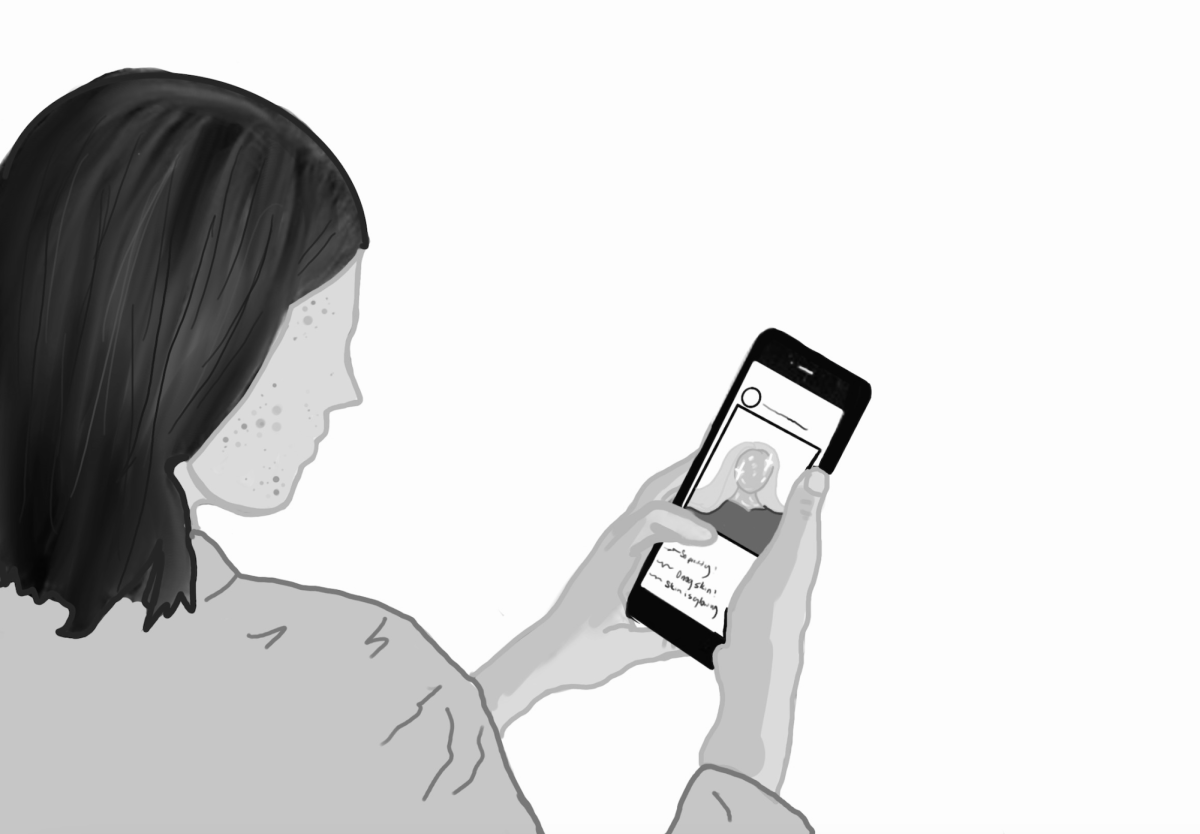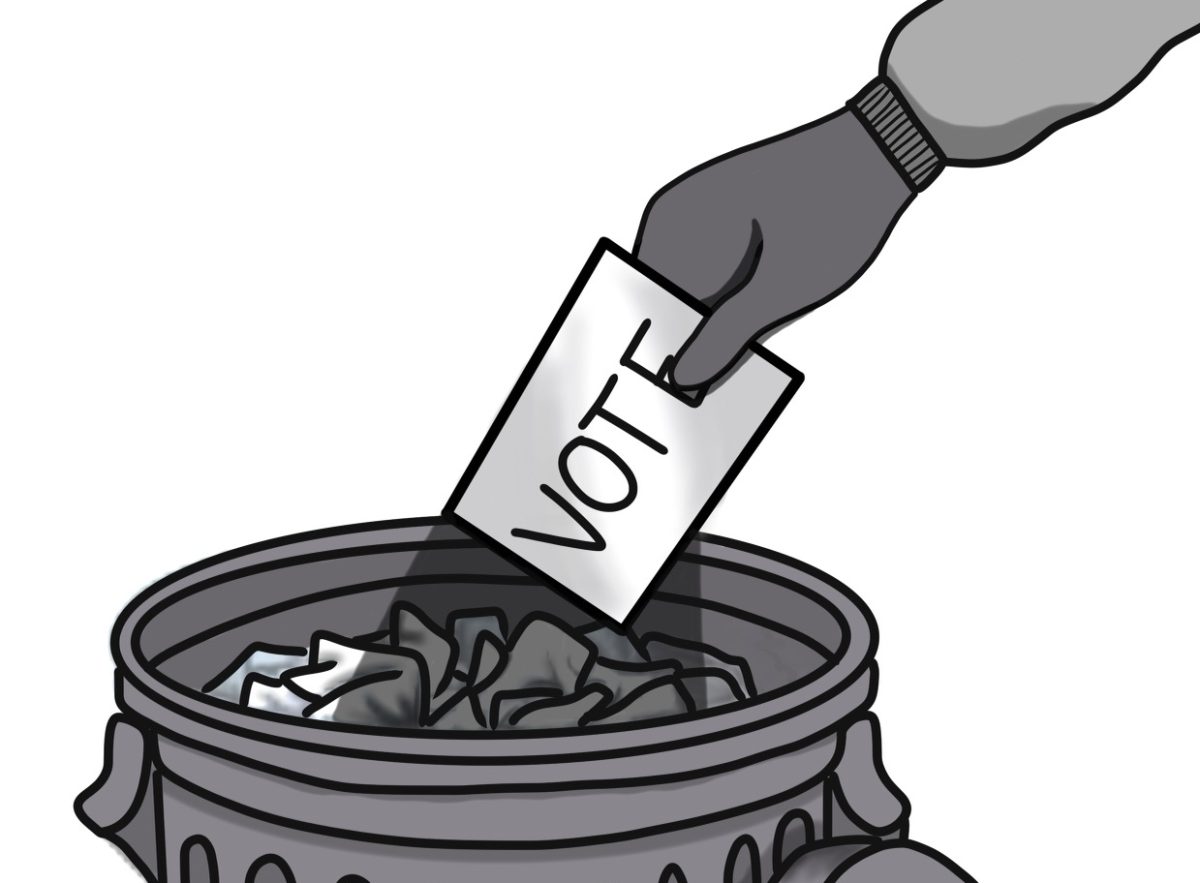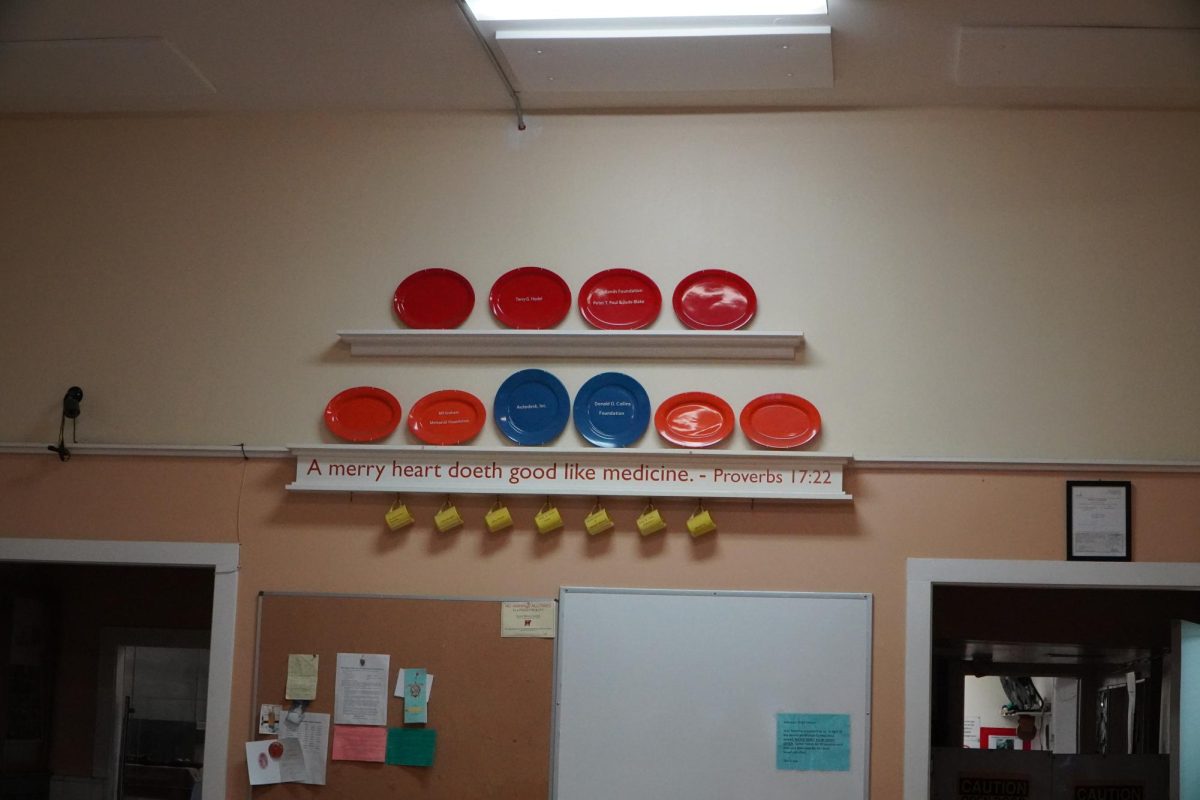Students are desperate to find a way to use stress as a healthy motivation for work, rather than as a looming inner critic that never allows them to measure-up to their self-imposed standards. Unfortunately, students’ constant stress has become a threat to mental and physical health, as stress-driven productivity has evolved into stress-driven lives.
In addition to carrying out life-sustaining processes, blood flow patterns can often provide clues when stress levels are elevated. Take a school presentation, for instance, and imagine the bubbling sensation that sizzles in a nervous stomach. As the classroom silences, many become familiar with a pulse’s musical beat coursing throughout the body. This rapid pulse is a sign of stress-stimulated heart rate, which pushes out more blood into the vessels than they can handle.
Students may later feel that their stress played a role in their success by pushing them beyond their limits and motivating them to work through their nerves. This notion that stress leads to success has induced a reliance on stress that is only healthy when handled with gentle balance, which most teens have not yet been able to develop.
Since the COVID-19 pandemic, Americans have reported elevated stress levels that can be attributed to various sources. In fact, in an article from 2020, the American Psychological Association declares that the nation is facing a “mental health crisis that could yield serious health and social consequences for years to come” as a result of isolation and lifestyle changes amidst the pandemic. Over time, chronic stress has proven detrimental due to the potentially severe consequences, which I have experienced first-hand.
On Feb. 1, 2021, my mother suffered a ruptured cerebral aneurysm. She had been working full-time as a neonatal nurse practitioner with a focus on brain care. With her hundred-mile round-trip commute for work, her days often melded together to create a relentlessly exhausting and stressful lifestyle. Unfortunately, she was one of many aneurysm cases in 2021, a year when California alone experienced the highest number of deaths by stroke in the country, with over 18,000 recorded instances. As rates of aneurysm occurrences increase nationwide, studies have been conducted to draw correlations between strokes and lifestyle norms in American society. To understand this potential relationship, it is important to look at how an aneurysm develops in the brain.
When an aneurysm occurs, the proximity between heartbeats can increase, resulting in blood pumping out of the heart at a high rate. Blood vessels can react to this high workload by entering a state of hypertension. Feeling overused, these vessels relax and let blood collect, causing the vessel to get stretched out. Think of it like a water balloon – after a while, a balloon can only hold so much liquid before it is stretched into a teardrop shape. This, in a nutshell, is what an aneurysm looks like. The rest is quite simple — if the aneurysm isn’t caught in time, it can rupture. This release of blood from the vessels into spinal fluid compromises the integrity of the vessels and can induce long-term brain damage.
Victims of ruptured cerebral aneurysms in the U.S. have a toss-up with their likelihood of survival. According to the Brain Aneurysm Foundation, roughly 15 percent of victims die before reaching the hospital, and another 35 percent die in the hospital. The remaining survival cases are split into two categories: those with permanent complications, and those with little to no brain damage. Unfortunately for aneurysm patients, only 10 percent continue their lifestyles with few reminders of their brain injury.
In my father’s case, his story began with the dissatisfaction in his job preceding his stroke. A recent relocation of his role created a cycle of stress and discontent, which accumulated as time continued. When he suddenly woke up in the middle of the night with what he describes as “flu-like symptoms” he knew something was wrong, yet decided to sleep off the discomfort.
Unfortunately, the window to reverse the stroke had passed by the time a family member convinced him to go to the hospital. After several weeks in the Neuro Intensive Care Unit, he was forced to adapt everyday functions to accommodate for residual impacts of his brain injury. Eleven years after his stroke, I believe it is vital to explore the possibility of brain injury being caused by high stress levels, ultimately leading to the possibility of decreased brain function.
With that said, many teens have experienced great benefits when using stress as a motivating force. Often, initial stress evolves into overthinking and excess planning, which ultimately produces a well-rounded result. This anxiety-driven process can feel gratifying as it can be self-sustaining in the long run. Even so, the line has to be drawn somewhere, between pushing beyond our comfort zones and placing our minds in a constant state of stress, ultimately shaping stress into an American culture staple.
I have long believed my parents are incredibly lucky to be alive and functional. If my mom had headed home from the grocery store just a few minutes later, she would have been driving up a steep hill at the time of her stroke, and likely would not have made it home. Luckily, my father called for help just in time, and was able to make it to the hospital before it was too late. My parents got second chances at revitalizing their lives and adapting their lifestyles to be healthier. Unfortunately, we may not all get this same chance to experience a wake-up call before the time has passed us by. Though the cause of my parents’ strokes cannot be directly tied to the increasing stress levels studied in recent years, they provide a reminder that stresses the importance of finding sustainable motivations to drive our busy lifestyles.
From restless nights and busy home lives to social pressure and academic workloads, teens are forced to juggle an immense amount of responsibility. With the instinct to accomplish as much as possible, teens push their mental capacities into a state of constant stimulation, which induces high-stress levels. Teens remain awake at night with an inability to escape their stress from the daytime, and are mandated to repeat this cycle day in and day out. Evidently, stress comes at a severe cost to mental health both locally and nationwide, even though it produces high gross productivity. In order to improve overall teen quality of life, modern adolescents must start seeking alternative sources of motivation to prevent stress from running America today and beyond.






















